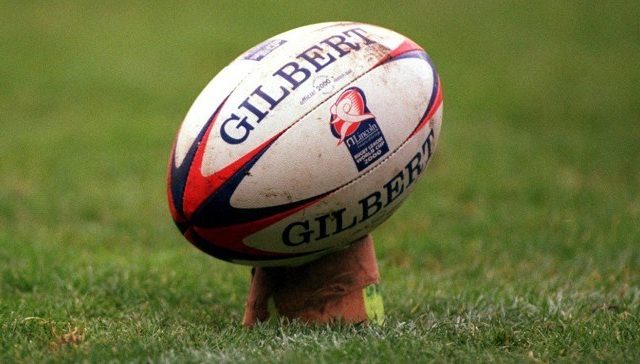
For anyone not familiar with the world of rugby, the fact that there are two different sports (rugby league and rugby union) can be pretty confusing. The rules are different, there are different numbers of players on a team, each sport has its own leagues and cups and it’s much more complex than, say, the difference between singles and doubles tennis, or rowing in a two person vs a four person scull.
The more popular of the two types, it’s usually a fairly safe bet that if someone’s talking about rugby, it’s usually union that they’re referring to.
The rules by which rugby football is played were originally written by pupils at the exclusive Rugby school. In 1895, the game of rugby football was divided into rugby league, rugby union and football, though at that time all three games were played by more or less the same rules. This schism occurred because remuneration for participation in the sport was frowned upon by the clubs that went on to form the Rugby Football Union, while those that went on to become part of the Northern Rugby Football Union believed that expenses and eventually wages were fair.
As time went on, the three branches became quite distinct games; rugby league and football were openly professional, but it wasn’t until 1995 that the powers that be decreed rugby union to also be a professional sport and removed the barriers to players receiving payment and benefits.
The biggest difference between rugby union and rugby league football is the speed of gameplay; while fewer changes have been made to the rules which govern rugby union, rugby league has evolved to become a more fast-paced game which fans claim is easier for the uninitiated spectator to understand, and therefore better suited to the 21st century.
At their most basic, both sets of rules use the same type of ball – an elongated sphere – and points can be scored by the same methods; tries, conversions, penalties and drop kicks. A try is scored when a player touches down the ball on or across the opposing team’s goal line. If a try is scored then the team which has scored it has the opportunity to gain an additional two points by kicking the ball over the crossbar of the goal and between the two vertical poles on either side – this is a conversion.
Additionally, goals can also be scored when the ball is kicked over the crossbar and between the posts in the course of play, or when a penalty is awarded; both versions of the game are certainly less simple than football, but arguably offer a more varied experience for an onlooker.
Both sports also allow the ball only to be passed backwards or sideways by players – in order to progress up the pitch and get closer to the opposition’s goal, they must either hold on to the ball and keep running, or pass it backwards or sideways to a teammate with the opportunity to do so.
While rugby union is a game which stops and starts a lot as a result of challenges to possession, rugby league has shed some of the laws allowing for this to happen. Another significant difference is that in rugby league the team with the ball is forced to surrender it after six tackles, while in union the team with possession can retain and use the ball for as long as they are able.
It is rugby union which is most often referred to simply as rugby, and it is in this sport that England successfully won the World Cup back in 2003; on the whole its players and teams are more famous and boast a higher profile, though that is not universally true. It is also the version of the game most successfully exported to Commonwealth countries, though rugby league is played widely in the Queensland and New South Wales areas of Australia.
One of the best ways to gain a real insight into the sport of rugby union is to book a rugby player as a celebrity speaker at the next event you’re planning – the Sean Fitzpatrick agent is London-based MN2S, and he’s a real character with a great insight into how the game works, making him an excellent choice.
